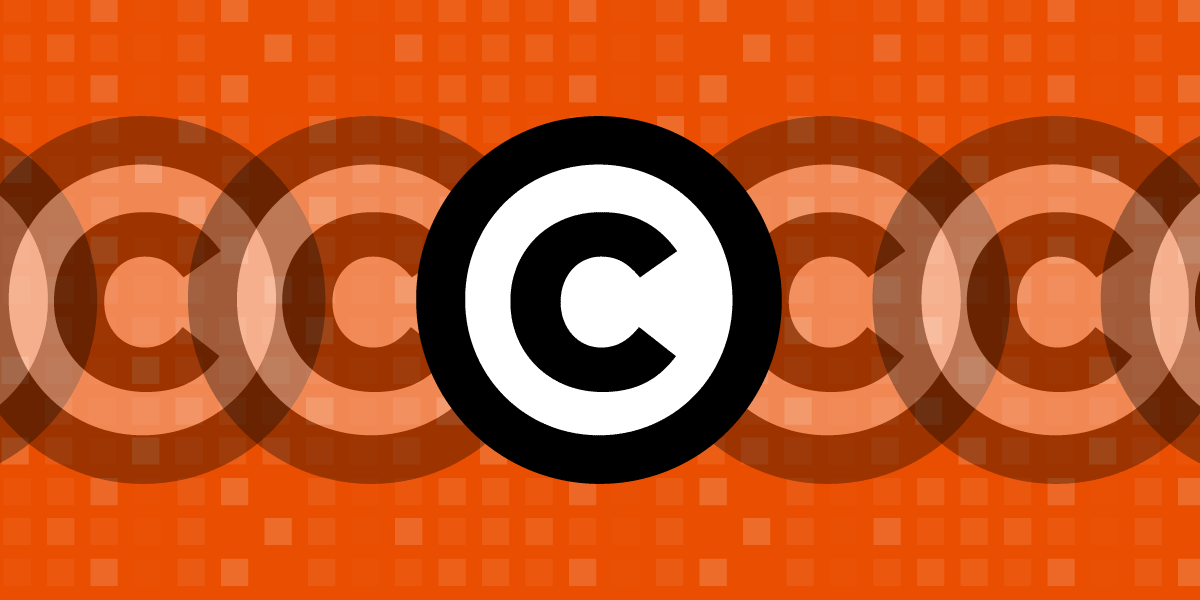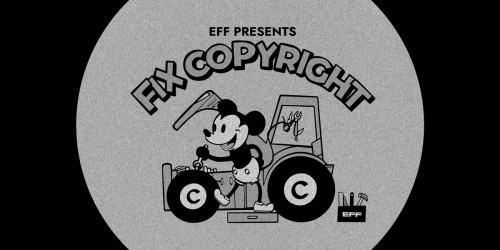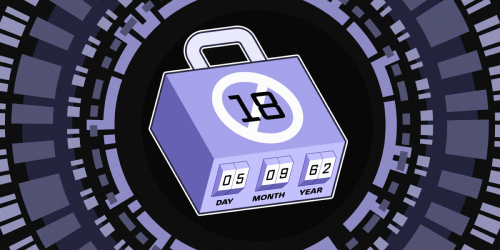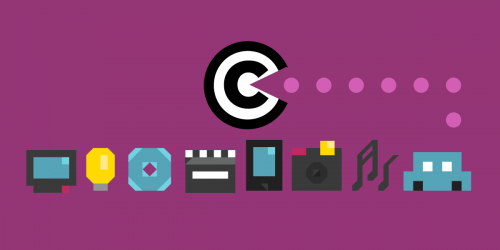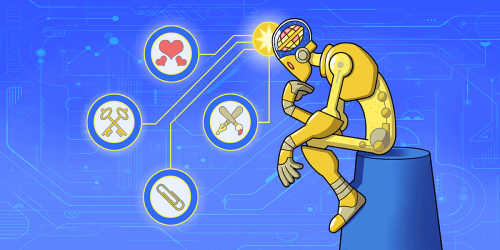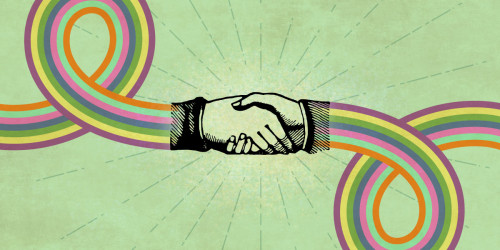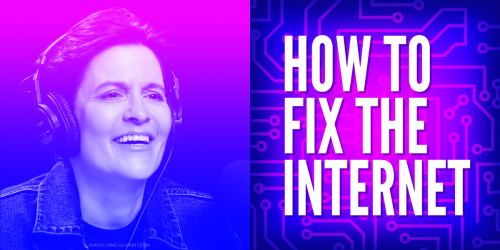In the Internet age, copyright decisions can have enormous consequences for all kinds of activities, because almost everything we do on the Internet involves making copies. And when courts make a mistake, they may create all sorts of unexpected legal risks. As we explained to the Eleventh Circuit yesterday, a recent ruling from the district court in MidlevelU v. ACI Information Group did just that not once, but twice.
ACI runs Newstex, a news aggregation service that collects and curates blog posts, press releases, and articles on various topics. Like most online news aggregators, it uses Really Simple Syndication (RSS) feeds to gather titles, abstracts, and sometimes the full text of articles from other websites. RSS is ubiquitous on the Internet—it’s the protocol that makes “blogrolls” and other news feeds work—and many people use it without even knowing it. You may have found this very post through an RSS reader like Feedly or a website that subscribes to EFF’s RSS feed. RSS is also an open protocol, like most of the Internet’s most important protocols. It’s been around a long time, and its meaning is well understood: it promotes “syndication,” or re-publishing, of posts and articles.
MidlevelU has an RSS feed. The site, which recently changed its name to ThriveAP, publishes articles of interest to nurse practitioners, physician assistants, and other medical personnel. MidlevelU sued ACI for copyright infringement for subscribing to MidlevelU’s RSS feed and republishing excerpts of the articles it found there. Although MidlevelU accused ACI of copying 823 of its articles, it only included 50 of them in the suit, because only those 50 had been registered with the Copyright Office—a requirement before filing suit. The case went to trial in a Florida federal court. The judge instructed the jury that while they could only award damages for the 50 articles that were actually in the suit, they could “consider” all 823 articles when setting the amount of damages. The jury found that ACI had infringed on 27 articles, but awarded statutory damages of $7,500 for each one.
Legal Gotchas for Using RSS
There were two big problems with this decision. First, by putting the full text of its articles into its RSS feed, MidlevelU was inviting others to syndicate and excerpt them. That’s what RSS is for. And MidlevelU had no text or warning on its site saying that others couldn’t republish its RSS feeds. Publishing articles through a protocol that’s meant for syndication, and then complaining when people use it as intended, is unfair—and the law doesn’t allow it. It’s like putting an essay on a public web page, findable by search engines, and then suing people for copyright infringement when they visit the page and their browser makes a cache copy of the essay.
In legal terms, that’s wrong because MidLevelU’s choice to use RSS created an “implied license” to copy. We all rely on implied licenses for many of the things we do on the Internet. As we wrote in our brief,
The Internet works because users around the world employ protocols for sending, reading, and organizing content. These protocols prescribe rules, but over time, they also describe the ingrained expectations of Internet users, including businesses. People must be able to rely on representations conveyed through Internet protocols such as RSS that have developed over decades of usage to become part and parcel of the network’s infrastructure.
By refusing to recognize that presenting content to the world using a common protocol means giving the world permission to engage with that content in the usual way, the court created a legal “gotcha” that threatens all kinds of ordinary Internet uses.
A Back Door to Massive Damages
The second problem was the court’s instructions to the jury about damages. “Statutory damages” in copyright are an oddity in the law. They let juries (or sometimes judges) award as much as $20,000 in damages for each infringed work, without the plaintiff ever having to prove they were harmed by the copying. And if the infringement is found to be “willful,” the maximum damages per work go up to $150,000. Awards vary widely from one case to the next, leaving people no way to predict what their legal exposure might be. These damages can easily reach amounts that would bankrupt all but the largest businesses—all without any proof of harm or illicit profit. And statutory damages can be imposed even against people who work hard to avoid copyright infringement, such as by relying on fair use—or on the use of protocols like RSS that are understood to permit particular kinds of copying.
Effectively, if statutory damages are a possibility, then any possibility of being accused of infringement becomes an intolerable game of financial Russian roulette. Statutory damages discourage people from relying on fair use, and chills lawful, valuable speech and activities.
Congress didn’t put a lot of limits on statutory damages, but it did make one firm rule: statutory damages aren’t available for any work that wasn’t registered with the Copyright Office before the infringement began (except that recently published works get a three-month grace period). It’s an important rule, because it encourages people to register their works with the Copyright Office, creating a record of ownership and growing the Library of Congress’s collection. The registration requirement also narrows the universe of works that are eligible for statutory damages. That’s important because copyright is automatic and ubiquitous. It applies to nearly every bit of creative work from the moment it’s set down in a tangible form. Without the registration requirement, nearly every photo, every scribble on a napkin, every tweet would carry the possibility of massive, unpredictable copyright damages.
The trial court in the MidlevelU case did an end run around the registration requirement, by telling the jury it could “consider” over 700 posts that weren’t part of the suit when awarding statutory damages. That instruction probably caused the jury to award a higher amount then they would have if they considered only the 27 posts they actually found infringed. In effect, MidlevelU got about $250 in damages for each of 823 posts, even though only 50 were ever registered with the Copyright Office. MidlevelU didn’t have to prove that the copying harmed them—and that’s significant, because it probably drove more traffic to their website. And ACI never got the chance to defend itself with respect to the 700+ unregistered works, whether by making a case for fair use or raising other defenses.
In bypassing the registration requirement, the trial court also encouraged copyright trolling. Statutory damages are the fuel that powers this form of abusive lawsuit. Attorneys who bring threats of litigation against home Internet users they accuse of copying movies illegally—mostly porn—depend on being able to threaten statutory damages. That’s because they can’t really prove harm, and the risk of up to $150,000 in damages drives many people to settle for $2,000 to $5,000, even if they weren’t the ones who copied the movie. The jury instruction from the MidlevelU case would give trolls a new tool: accuse people of infringing multiple movies, only some of which are registered.
Careless approaches to copyright liability and damages threaten all Internet users with uncertainty and possible exploitation. In this case, we’re hoping the court of appeals looks at the bigger picture, and corrects these errors.


